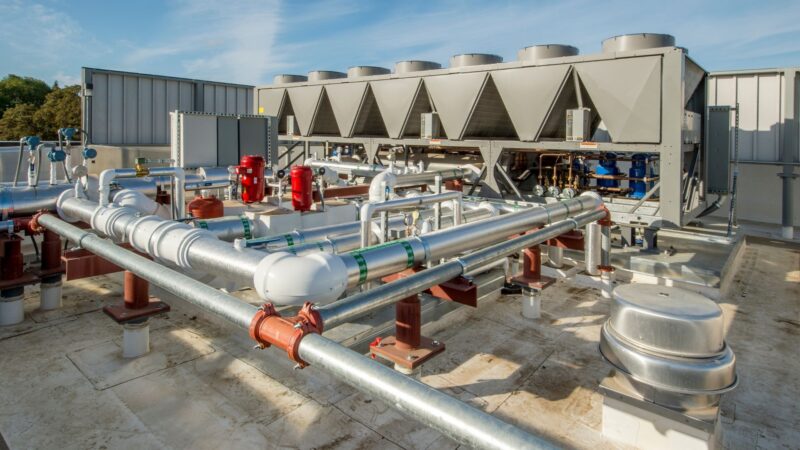Engineering Reliable and Efficient Cooling for GMP Environments
Chillers are central to pharma utility infrastructure, supporting HVAC, WFI generation, and equipment cooling. However, performance shortfalls often stem from persistent engineering misconceptions—not equipment limitations.
Common Misconceptions
- “Bigger capacity equals better redundancy” → Oversizing leads to short cycling and inefficiency.
- “All chillers are GMP-compliant if they reach the right temp” → Material, control, and documentation standards differ significantly.
- “Loop temperature stability is chiller-driven” → It’s a combination of chiller, loop design, insulation, and control logic.
Core Design Considerations
- Selection between air-cooled vs. water-cooled based on utility infrastructure
- Integration with BMS for real-time performance tracking and alarming
- Use of food-grade glycol and corrosion inhibitors
- Load profiling to design redundancy, buffer tanks, and return flow control
Compliance and Validation
- Thermocouple calibration and loop validation (±0.5°C typical spec)
- Performance qualification at seasonal high/low ambient temperatures
- Preventive maintenance logs and automated control reports
By correcting these misconceptions, facilities can design efficient, robust chiller systems that ensure thermal consistency, reduce downtime, and protect process-critical assets.






